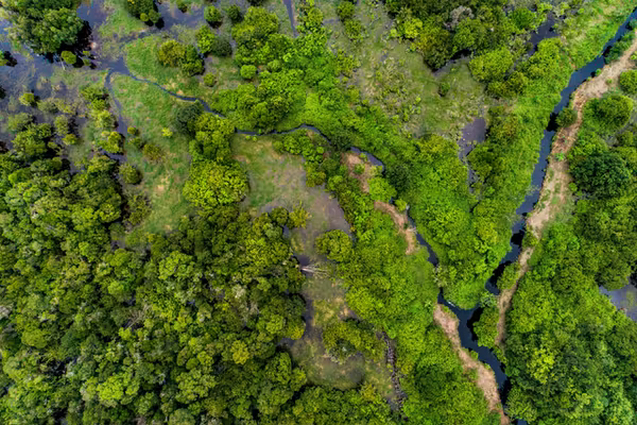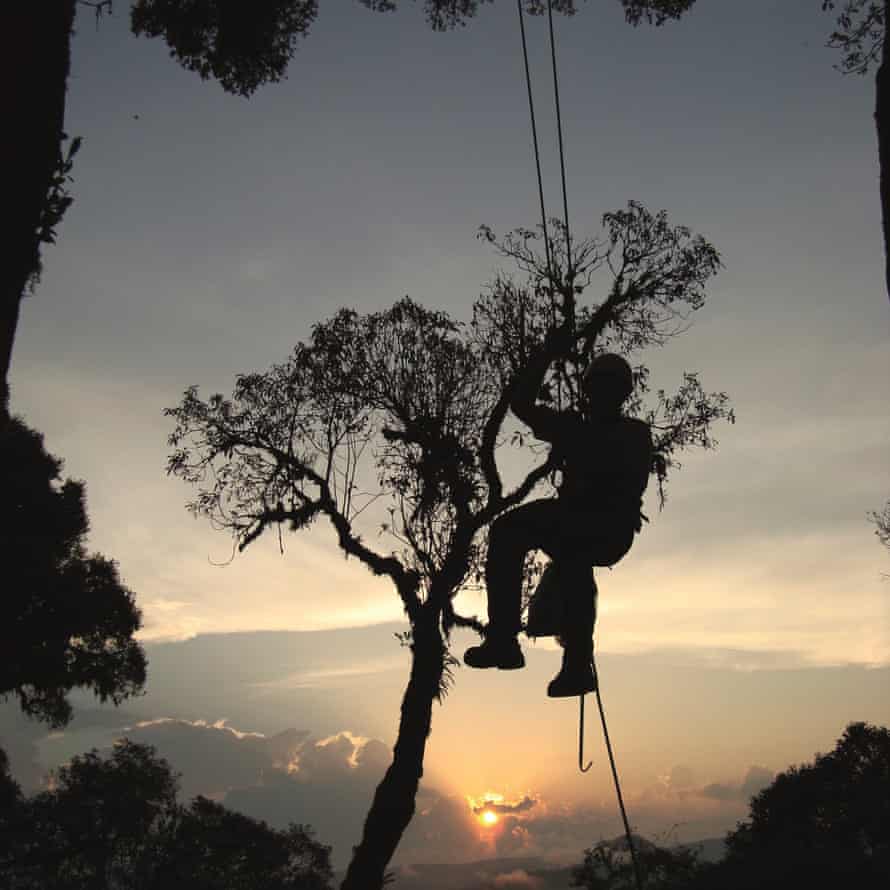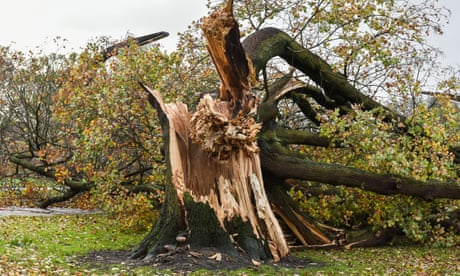Australian men’s cricket captain Pat Cummins has launched a campaign to have cricket clubs around the nation install solar panels to drive down their costs and reduce carbon emissions, declaring that it is time for the sport to do its bit to tackle climate change.
Cummins, who on Thursday announced the creation of Cricket for Climate and its solar panel project Solar Clubs, is just the latest sporting star to throw his weight behind climate action.

|
|
Australian men’s cricket captain Pat Cummins has launched a
campaign to have cricket clubs install solar panels to drive down
their costs and reduce carbon emissions. Credit: Getty |
350 Australia chief executive officer Lucy Manne, who spearheaded the move on Santos in which 7500 people signed a petition asking for the partnership to end, said it was important that fossil fuel companies were not allowed to “sportswash” their image.
“A sporting group promoting fossil fuels today is as irresponsible as a medical group promoting cigarettes in 1930,” she said, echoing similar sentiments aired by Mr Pocock last month.
Cummins feels a personal responsibility as well as a public duty to act.
Aerialist performs on three-tonne iceberg over Sydney Harbour to raise climate change awareness. 1min 30sec
“In recent times, I’ve been thinking about what the future looks like, and that involves looking at my own footprint and how I live my life,” he told the Herald.
“We are playing international cricket, travelling around the world on planes and that has a big footprint. I started looking at what actions I could take to offset some of that and came up with the idea of solar panels on top of my junior club.
“I have memories of 45 degrees days in Penrith, and I thought what could happen if we could capture some of that solar energy.
“The longer we take to take action, the more it’s going to be irreversible,” Cummins said. “We’re not the ones who will be hard hit – it’s the next generation. Being a dad drives that home.
“We have to be conscious because kids look up to sports stars, whether we like it or not; we help shape their ideas of the world and we need to take that seriously.”
Despite green shoots in the sports sector, the resource sector remains influential. Gina Rinehart, the minerals magnate and Australia’s richest person, has been an active player in the Australian sporting scene, providing direct funding for athletes in swimming, rowing, artistic swimming and beach volleyball.
Her company, Hancock Prospecting, is now an official partner of the Australian Olympic Committee, which trumpeted the deal last week as a game changer for the movement in Australia ahead of Paris in 2024 and an inbound home Games in Brisbane in 2032.
Extreme weather 
|
However, the federal government was a “laggard”.
“Sport has an enormously powerful role to play,” he said. “It puts the Commonwealth government to shame. They are leaving it up to individual leaders, like sportspeople, like local governments, to get emissions down.”
Climate change is worsening extreme weather in Australia, with the country already having warmed by 1.4 degrees, faster than the global average.
By 2040, summer temperatures on hot days in Sydney and Melbourne will be approaching 50 degrees, making summer sport as it is played at present untenable, according to a report by the Climate Council pubFlished last year.
At the elite level, heat has become a risk to crowds as well as players, it shows, with almost 1000 spectators at the 2014 Australian Open being treated for heat exhaustion.
The Climate Council head of research Simon Bradshaw said Solar Clubs was a good example of how sporting clubs could be part of helping the climate crisis.
“Rising temperatures put much more than our ability to play sport at risk, affecting our health, livelihoods, and the ability to enjoy the things we love,” he said. “Australia has been falling behind the rest of the world in the race to move beyond fossil fuels and cut greenhouse emissions.”
“However, Australia has an incredible opportunity to shift to a cleaner economy and play its part in tackling the global climate crisis. By changing the way they power events and build venues, Solar Clubs are taking a big and important step. Australians love our sport and the outdoors, and we need our sporting clubs to help lead the way to a cleaner future.
“[This] shows just how fast businesses and communities are acting on climate, and how the federal government is failing to match what’s happening on the ground here.”
Great Barrier Reef 
|
“As well as reducing carbon emissions, this new solar system will save us more than $3000 every year, which can be redirected into much-needed resources and future focused projects, like junior development,” he said.
There are plans to expand the project to cover all 4000 junior clubs around the country and some of Australia’s best cricketers, including Steve Smith, David Warner, Shane Watson and Rachel Haynes, are throwing their support behind the project.
“If players, sporting administrators and clubs work towards a common goal to put sustainability at the front of their plans, then Australian cricket has the opportunity to play its role in slowing global warming and mitigating the existential threat that cricket faces,” Australian Cricketers’ Association chief executive officer Todd Greenberg said.
“We can’t sit around for other people to do [something], we all have a responsibility,” Cummins said. “I am in a privileged and lucky position to be able to try and make some changes.”
Links
- (AU RenewEconomy) Conservatives Want Australia’s Cricket Captain To Shut Up About Climate
- (AU The Guardian) ‘We All Have A Role’: More Than 260 Australian Rules Footballers Sign Up To Climate Campaign
- (AU The Guardian) David Pocock Leads 250 High-Profile Australian Athletes In Climate Campaign
- (AU ROAR) Cricket Must Start Preparing For Climate Change
- Major Climate Polluters Accused Of Greenwashing With Sports Sponsorship
- (AU) Sport Set To Reckon With Impacts Of Climate Change, And Encouraged To Act Now








